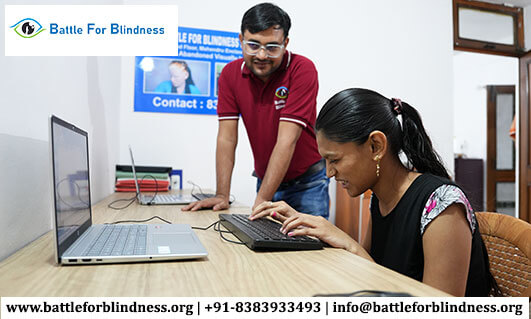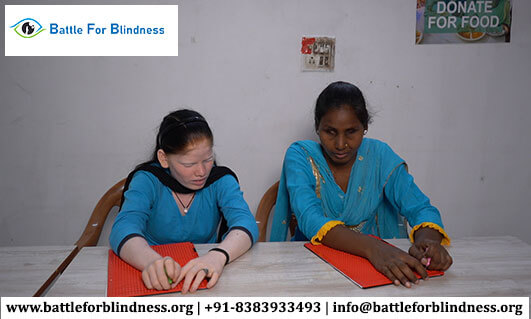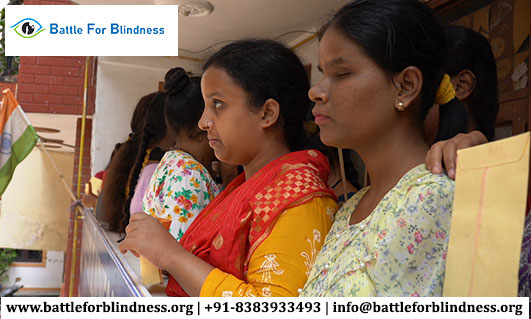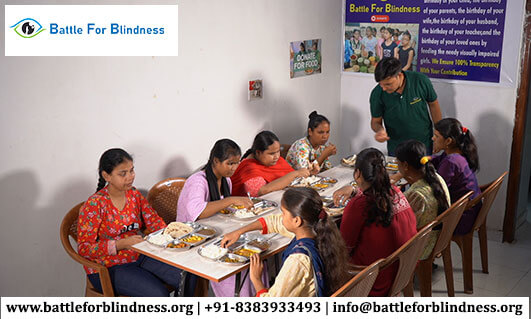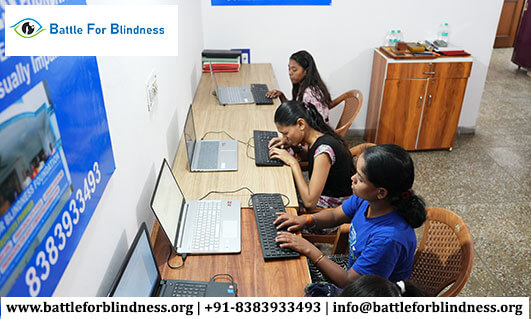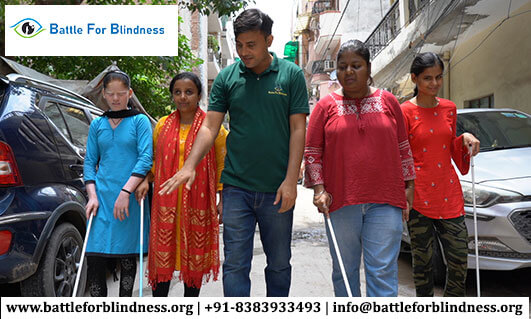Navigating a bustling city like Delhi can be challenging for anyone, but it poses unique obstacles for individuals with visual impairments. The ability to access reliable and inclusive transportation is vital for people with visual disabilities to lead independent and fulfilling lives. In this blog post, we will explore the accessible transportation options available in Delhi for blind people, highlighting initiatives and services that facilitate their mobility and empower them to participate fully in the vibrant life of the city.
-
Delhi Metro
The Delhi Metro is a lifeline for millions of commuters in the city, and it has taken significant strides to become more accessible to individuals with visual impairments. The metro system provides several features that aid blind passengers, such as tactile paving at station platforms and raised platform edge indicators. Stations are equipped with Braille signage, which includes information about the station name, platform number, and exit gates. Additionally, trained staff members are available to assist visually impaired passengers, ensuring a safe and comfortable travel experience.
-
Low-Floor Buses
Delhi Transport Corporation (DTC) operates a fleet of low-floor buses that are designed to accommodate individuals with disabilities, including those with visual impairments. These buses have a ramp that can be deployed for wheelchair users and offer priority seating for people with disabilities. The bus stops are equipped with auditory signals that announce the route number and destination, enabling blind passengers to identify their desired bus. It is advisable for visually impaired individuals to familiarize themselves with the bus routes and timings in advance to plan their journeys effectively.
-
Radio Taxis and Ride-Sharing Apps
Radio taxi services and ride-sharing apps have become increasingly popular in Delhi, offering convenient and accessible transportation options for everyone, including blind individuals. Companies like Uber and Ola have taken steps to make their services more inclusive. The apps provide an option for visually impaired users to request assistance, and drivers are trained to assist passengers with disabilities. It is recommended to inform the driver about any specific requirements or assistance needed before commencing the ride.
-
Para-Transit Services
In recent years, Delhi has witnessed the emergence of para-transit services catering specifically to the needs of individuals with disabilities. These services utilize accessible vehicles equipped with ramps or lifts for easy boarding and disembarking. Some organizations and non-governmental organizations (NGOs) in Delhi provide dedicated para-transit services for visually impaired individuals, ensuring their transportation needs are met with reliability and convenience. These services can be accessed by booking in advance.
-
Assistance from the Public
While the city of Delhi is making commendable progress in providing accessible transportation options, it is important to acknowledge the role of the public in creating an inclusive environment. Fellow passengers can assist blind individuals by offering clear verbal instructions, helping them find seats, or notifying them about their destination approaching. Cultivating a culture of empathy and understanding among commuters can go a long way in making transportation experiences more accessible and pleasant for everyone.
Conclusion
Accessible transportation is a fundamental right that empowers individuals with visual impairments to participate fully in society. Delhi is making strides towards ensuring inclusive transportation options for blind people, with initiatives like accessible metro stations, low-floor buses, para-transit services, and assistance from ride-sharing apps. However, continued efforts are necessary to improve and expand these services, making them more accessible and convenient for all individuals with disabilities. By promoting awareness and working collectively, we can create a city that is truly inclusive and welcoming to everyone, regardless of their abilities.
